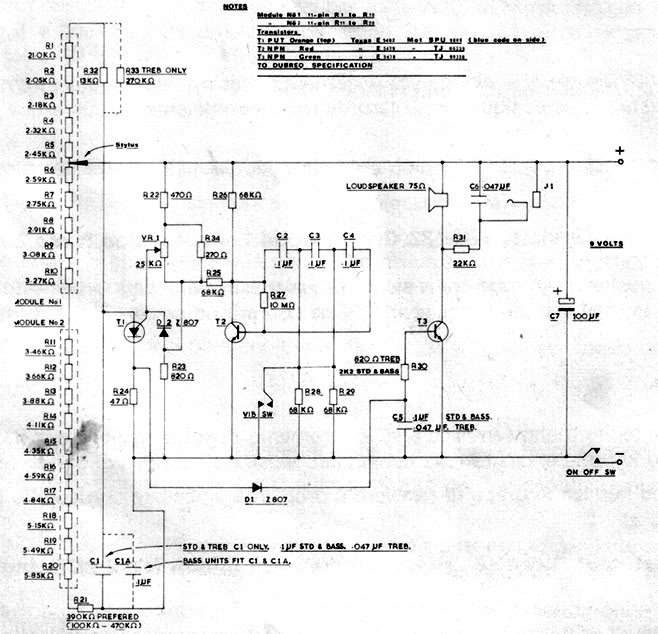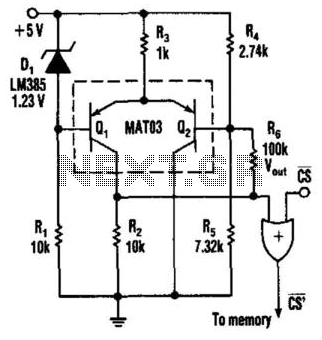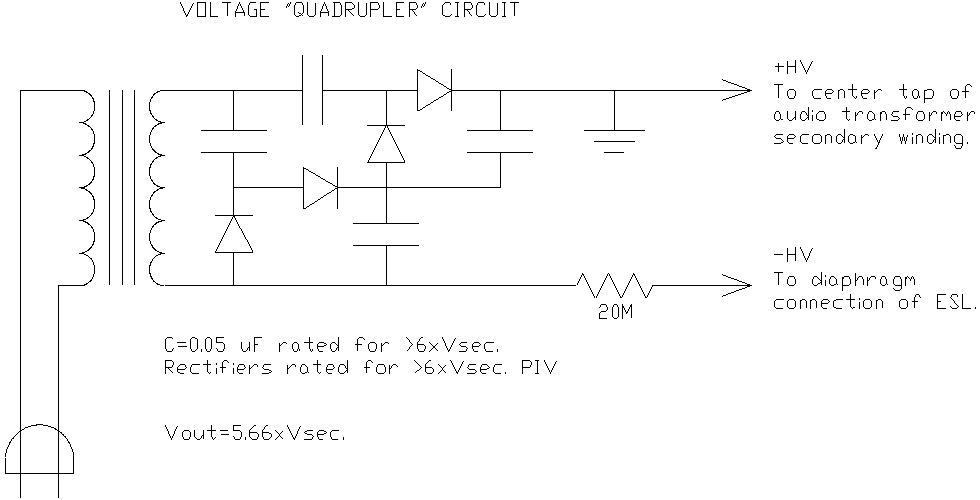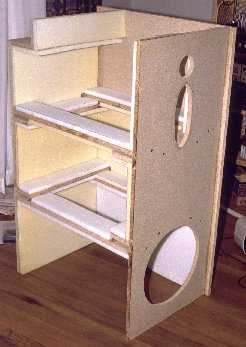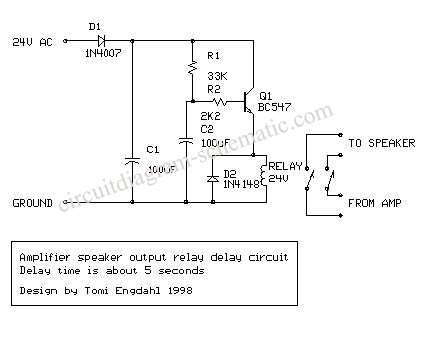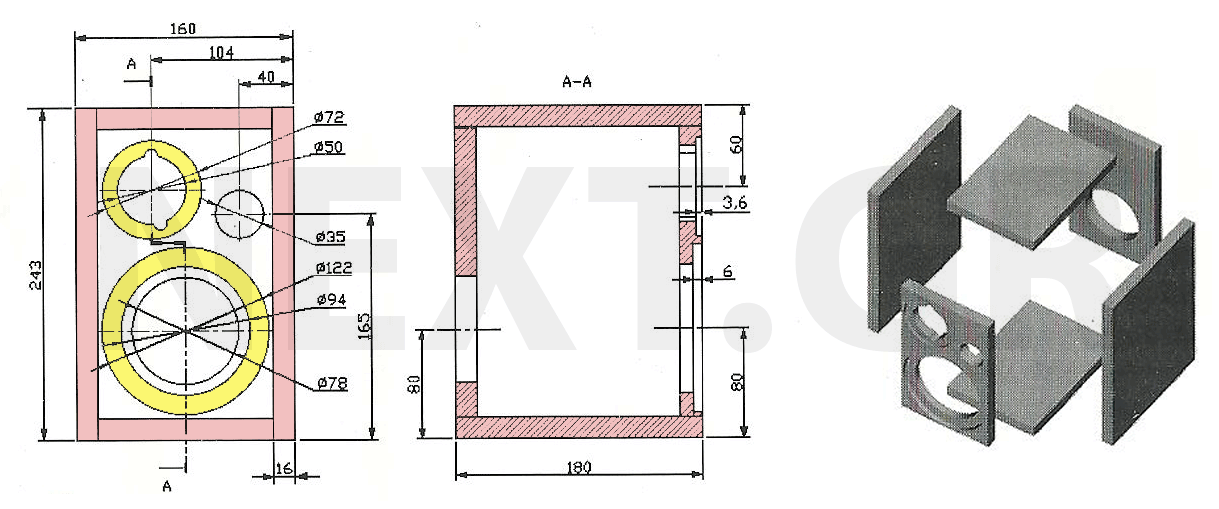
Ears and Speakers Protector
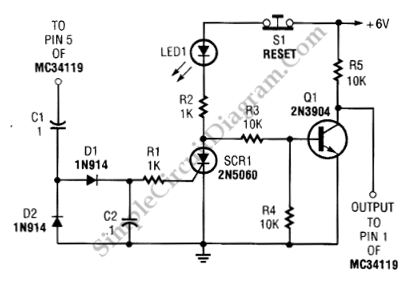
Occasionally, the output volume of an amplifier can be excessively high, leading to discomfort and potential damage to both the listener's ears and the loudspeaker. The circuit...
Amplifiers are crucial components in audio systems, responsible for boosting audio signals to drive loudspeakers. However, when the output volume exceeds safe levels, it can result in auditory discomfort and physical damage to speakers. To mitigate these risks, it is essential to implement a volume control mechanism within the amplifier circuit.
A basic approach to controlling the output volume involves the integration of a potentiometer or digital volume control circuit. The potentiometer can be placed in the signal path, allowing users to adjust the resistance and, consequently, the signal level reaching the amplifier output. This simple method provides an intuitive interface for users to manage volume levels.
For more advanced applications, a digital volume control circuit can be employed. This circuit typically utilizes a microcontroller or a dedicated integrated circuit (IC) designed for audio processing. The digital control allows for precise adjustments and can incorporate features such as remote control operation, preset volume levels, and automatic gain control to prevent sudden spikes in volume.
Additionally, implementing a compressor or limiter circuit can be beneficial. These circuits analyze the audio signal and automatically reduce the gain when it exceeds a specified threshold. This not only protects the loudspeakers from damage but also enhances the overall listening experience by preventing distortion that can occur at high volumes.
In summary, ensuring that the output volume of an amplifier is kept within safe limits is vital for protecting both the listener's hearing and the loudspeakers. By integrating volume control mechanisms, such as potentiometers, digital controls, or limiting circuits, an effective solution can be achieved to maintain audio quality and safety.Sometimes the output volume of amplifier is too high and hurts our ears. As well as hurting your ears, this incident could damage your loudspeaker. The circuit.. 🔗 External reference
Amplifiers are crucial components in audio systems, responsible for boosting audio signals to drive loudspeakers. However, when the output volume exceeds safe levels, it can result in auditory discomfort and physical damage to speakers. To mitigate these risks, it is essential to implement a volume control mechanism within the amplifier circuit.
A basic approach to controlling the output volume involves the integration of a potentiometer or digital volume control circuit. The potentiometer can be placed in the signal path, allowing users to adjust the resistance and, consequently, the signal level reaching the amplifier output. This simple method provides an intuitive interface for users to manage volume levels.
For more advanced applications, a digital volume control circuit can be employed. This circuit typically utilizes a microcontroller or a dedicated integrated circuit (IC) designed for audio processing. The digital control allows for precise adjustments and can incorporate features such as remote control operation, preset volume levels, and automatic gain control to prevent sudden spikes in volume.
Additionally, implementing a compressor or limiter circuit can be beneficial. These circuits analyze the audio signal and automatically reduce the gain when it exceeds a specified threshold. This not only protects the loudspeakers from damage but also enhances the overall listening experience by preventing distortion that can occur at high volumes.
In summary, ensuring that the output volume of an amplifier is kept within safe limits is vital for protecting both the listener's hearing and the loudspeakers. By integrating volume control mechanisms, such as potentiometers, digital controls, or limiting circuits, an effective solution can be achieved to maintain audio quality and safety.Sometimes the output volume of amplifier is too high and hurts our ears. As well as hurting your ears, this incident could damage your loudspeaker. The circuit.. 🔗 External reference
